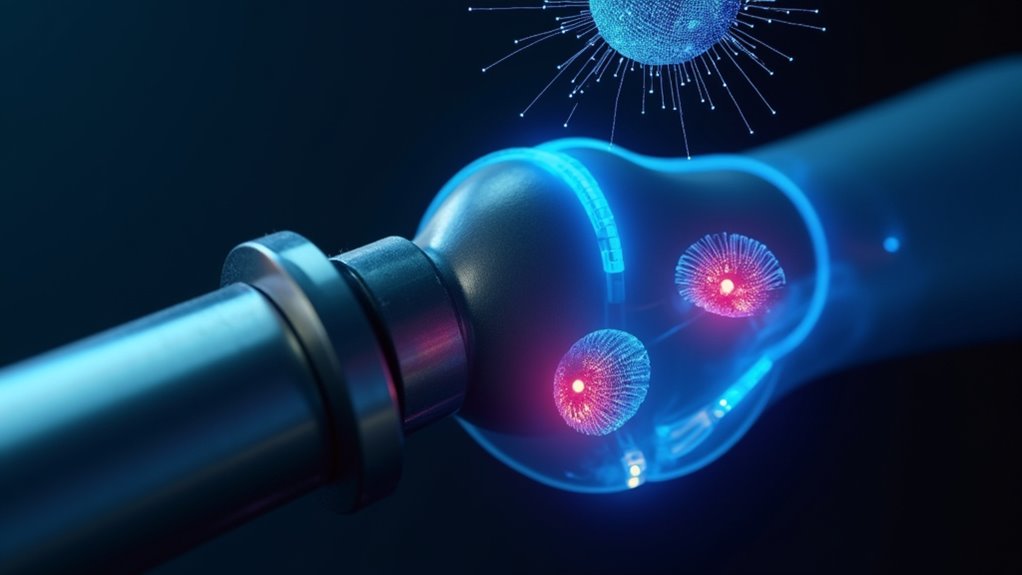New AI research has shattered conventional wisdom about knee replacement pain, identifying two distinct patient archetypes rather than unpredictable outcomes. Some experience severe, persistent pain while others manage with minimal discomfort—think buffet-style differences in pain processing. Scientists discovered several risk factors: younger age, higher BMI, pre-surgery impairments, and prior opioid use. This breakthrough enables doctors to create personalized pain management plans instead of the unhelpful “everyone’s different” approach. The future of knee surgery looks a whole lot less mysterious.
Millions of knee replacement patients have faced the same post-surgical question for decades: why does my pain experience seem so different from what the doctor predicted? Turns out, your surgeon wasn’t being evasive—they just didn’t have the AI we do now.
Recent breakthrough research at HSS has used unsupervised machine learning to identify two distinct pain archetypes among 17,200 knee replacement patients. Like discovering there are actually two kinds of people at buffets—those who strategically sample everything and those who pile their plates with mac and cheese—researchers found patients either experience severe, difficult-to-control pain or relatively manageable discomfort.
Pain after knee replacement isn’t random—you’re either a strategic sampler or a mac-and-cheese piler. AI now shows which one you’ll be.
This isn’t just academic number-crunching. With over a million knee replacements performed annually in the U.S., understanding who might fall into the “ouch, this hurts more than expected” category could transform pre-surgical planning.
The study identified several risk factors that might surprise you. Younger patients—yes, the ones you’d expect to bounce back faster—actually tend to experience more severe post-surgical pain. Higher BMI, greater physical/mental impairment before surgery, and preoperative use of opioids or gabapentinoids also raise red flags. This new approach could particularly benefit Black patients who studies show experience greater activity limitations and more severe pain compared to white patients.
“Know thyself before thy knee replacement” might become the new mantra as AI enables truly personalized pain management. Care teams can now prepare specialized approaches for high-risk patients rather than using the one-size-fits-all protocols of yesteryear. AI-powered predictive algorithms are similarly transforming oncology by matching patients with personalized treatment plans based on their unique profiles. This groundbreaking work earned a Best of Meeting award at the 50th Annual Meeting of ASRA, highlighting its significance in pain medicine.
The research team at HSS isn’t stopping here. Future studies will track pain trajectories over longer periods and develop strategies doctors can implement before surgery for high-risk patients.
For the average person contemplating knee replacement, this means more accurate expectations and potentially better outcomes. No more being told “everyone’s different” when asking about recovery pain—AI is finally quantifying those differences and helping doctors prepare accordingly.
Maybe next, AI can tackle why hospital socks never seem to stay on properly.









